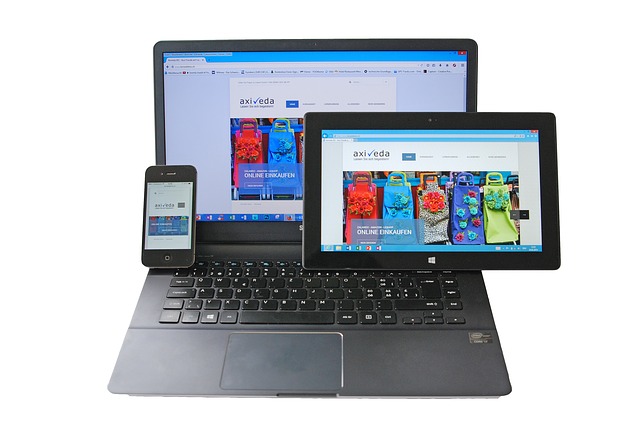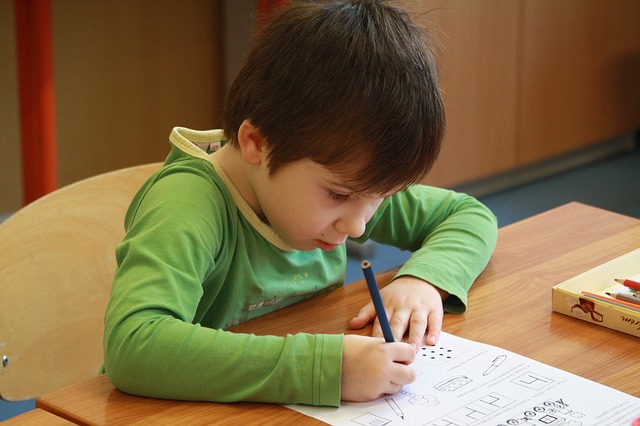
It’s no secret that knowing a multitude of languages can be very helpful in adult life, whether we’re talking about working or traveling. The earlier you start, the better, as it is easier for kids to learn a new language than it is for adults.
However, not everyone has the opportunity to learn it in school. Whether that’s the case for your child or you want to supplement what they’re already learning, here are some solutions and tips on how to teach your child Spanish at home.
|
Remember that introducing a new language, especially when a child is small, can be overwhelming and confusing for them, so don’t rush into it. Set aside a specific day for learning and ease into it, learning what works best for them. |
Parents’ Guide to Teach Spanish at Home
#1: Choose Age-Appropriate Textbooks
Textbooks can be very helpful when it comes to teaching your child Spanish at home, as they are designed to teach concepts like word usage, spelling, verb conjugation, and other mechanics of learning a foreign language. Spending just a few minutes can be beneficial in grasping the more technical aspects of Spanish, such as the grammar, while practicing conversations allows them to become more comfortable in expressing themselves in another language.
If you’re looking for textbook recommendations, here is one we think is a good starting point:
When picking which textbook to choose for your child, remember to check what the author considers the best ages for it – a textbook meant for, for example, third graders is very different from one meant for kindergarten children.
Related Reading: Evaluating Spanish Class Textbooks
#2 Use Visual Aids
Do you know the saying a picture is worth a thousand words? That also applies here. Many children learn better when presented with a visual of what they’re learning about – and you don’t even have to spend money on it. Showing them pictures on your phone or laptop or using the things you already have at home provides an affordable solution while adding variety to your teaching. You can even work with them to create flashcards if they like drawing or cutting and pasting.
If your child knows how to read, you can attach Post-It notes with Spanish names to everyday objects and encourage your child to use Spanish when talking about them. If they know how to write, you can include them in the process by making them write the names themselves.
|
💡 ACTIVITY IDEA Practice vocabulary in a fun way by pronouncing words and making your child draw what it means. Animals, colors, food, and school and home objects are especially suitable for this activity. Related Reading: Spanish Colors: Bilingual Guide to Colors in Spanish & English 🌈 |

#3 Introduce Auditory Aids
Learning Spanish is not only about knowing how to write, but also how to converse and pronounce words – and auditory aids such as podcasts or Spanish songs are irreplaceable in this case, especially since some sounds are pronounced differently in Spanish than they are in English.
One suggestion is to group words according to pronunciation and practice them together, for instance, words containing ‘ll’, ’ñ’, and ‘r’. You can also focus on pronunciation typical for Spanish used in a specific country.
Related Reading: Argentina Accent Pronunciation Videos

#4 Involve Technology and Media in Learning
While many parents might be on the fence about technology, it can actually be beneficial when it comes to how to teach your child Spanish at home. Playing online games in Spanish, watching Spanish TV channels, or listening to songs can reinforce what you’ve already taught them and show them how to use their knowledge in practice.
Just make sure you know when to stop, as children tend to have a shorter attention span, and forcing them to do an activity will most likely have the opposite effect than you want.
Related Reading: This Is How Teachers Are Using Artificial Intelligence in the World Language Classroom

#5 Create the Right Studying Environment
In order for learning devices and materials to work, finding study time and having a regular studying location is crucial. This includes:
- Creating the right environment; for example, locating a space in the home where a child can sit and study without unnecessary interruptions and keeping that location as the regular studying place.
- Making sure the lighting in the room is adequate.
- Having study materials in reach so children can access them when needed.
- Avoiding any type of distractions that will lure children away from the task at hand.
- Maintaining a routine by trying to make the study sessions a regular occurrence.

#6 Remember that Practice Makes Perfect
Regular practice ensures that your child will retain what they learned rather than just forget it right after the lesson, so this aspect of learning is paramount. Some practice skills may include:
- Quizzing children using previously engaged-in activities.
- Finding other ways to revise what your child has already learned.
- Writing down the Spanish words and the English translations multiple times, and vice versa.
- Writing sentences in Spanish and reading them aloud.
- Using Spanish words as much as possible during regular family conversations.
- Investing in a Spanish dictionary.
Related Reading: 3 Websites to Learn and Practice Spanish Without Spending a Penny

#7 Try to Expose Your Child to Native Speakers
There’s truly no better way for your child to learn Spanish than if they are exposed to it.
In many cities, there are language exchanges organized where people can share their knowledge with others and give them a chance to practice the language they’re learning with a native speaker.
If that’s not the case for your city, it might be worth it to look for a native Spanish speaker offering conversational practice – although we would probably recommend reserving this specific way of learning Spanish for older kids who have an easier time expressing themselves.
As for younger children, there are still plenty of ways to expose them to Spanish – most of which we have already mentioned. A particularly good solution are educational cartoons, either in English with parts in Spanish or, if you want to jump into the deep waters right away, entirely in Spanish.
The Bottom Line
There are many answers to how to teach your child Spanish at home, but one thing remains the same – don’t rush them into it. Whether you want to teach them vocabulary, grammar, pronunciation, or something else, it’s important to do it at their pace.
Pushing them will most likely have the opposite effect than what you want – instead of feeling comfortable with speaking in Spanish and finding pleasure in using it, they will associate the language with not having much of a choice when it comes to learning it.
For any parent that wishes to teach their child how to speak Spanish – we’ve got you covered. With our free Spanish learning resources prepared specifically for children of all ages, you can introduce your little one to the beautiful language that is Spanish.